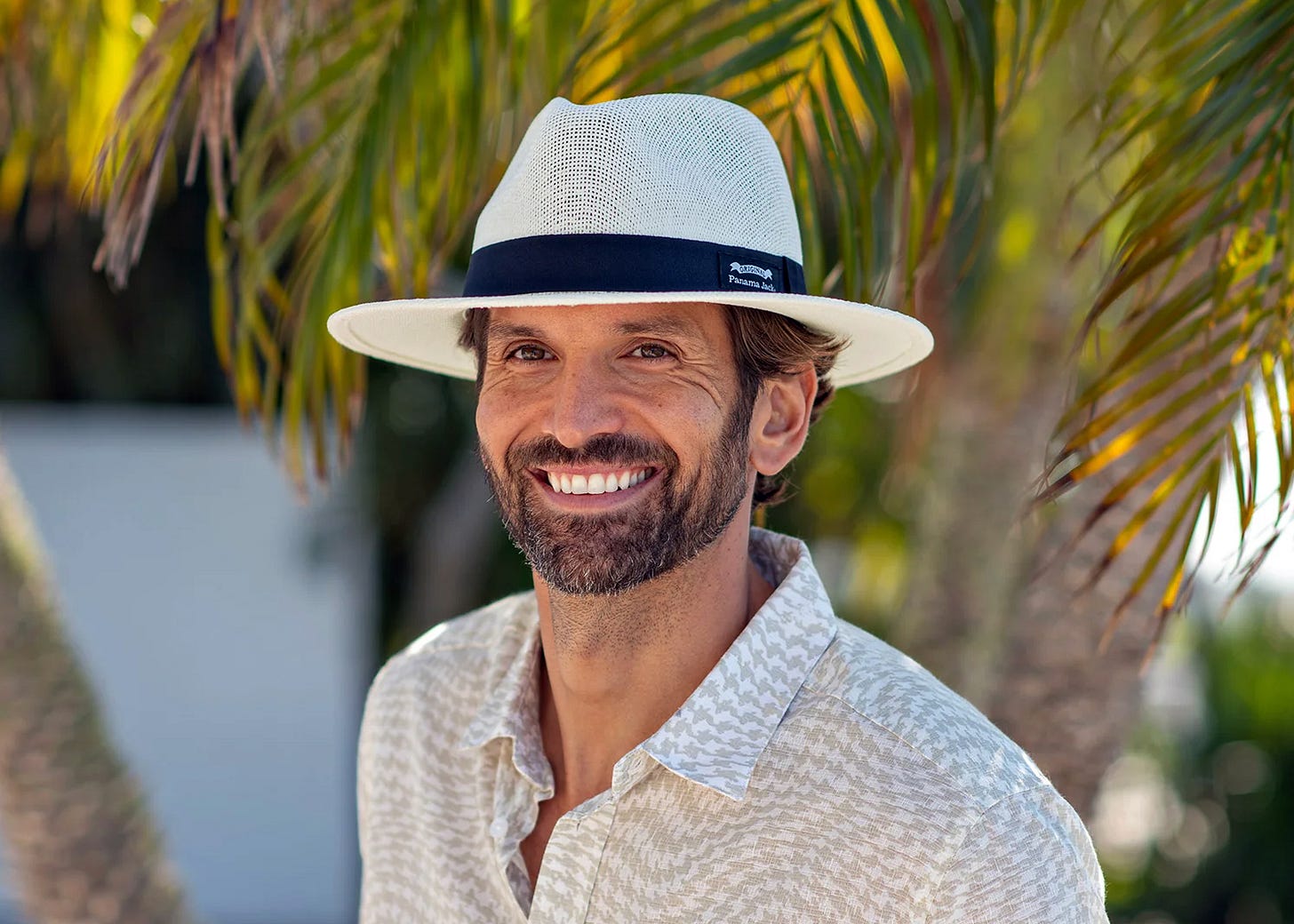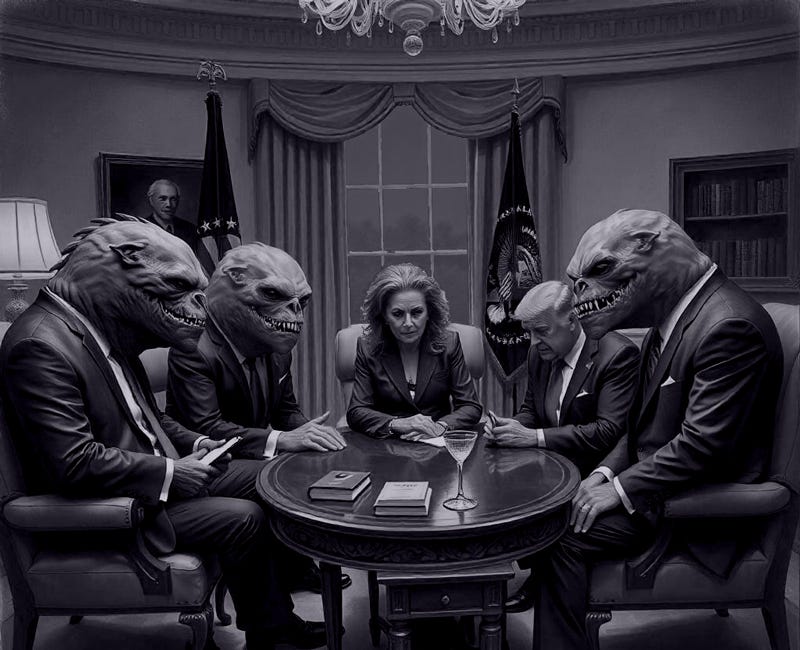Given how very, very unfairly Panama has treated the USA — probably more unfairly than any country has ever treated another — I am very uncomfortable with there being such things as Panama hats.
Not that they should have been called that in the first place, as they’ve historically been made in a country called Ecuador, with Mexico, Japan, and Taiwan all offering cheap imitations that no oligarch would even consider being caught dead in. The Ecuadorians call the hats sombreros de paja toquilla (toquilla straw hats, in honor of their raw material being the leaves of the toquilla palm, which isn’t irrigated with water, but with the milk of a species of goat found only in Ecuador.
In the 1830s, the Spanish businessman Manuel Alfaro set up shop in Ecuador, where the weavers were skillful and didn’t cxpect to be paid very well. Finding that few of his fellow colonial oppressors were interested in the hats, Alfaro took them to hot, humid Panama, where they sold like hotcakes. The hat came to be identified with the country in which it was popular, rather than its country of origin. Talk about unfair!
Most Panama hats are made in factories in Cuenca, but the best ones, woven differently, of a straw much finer than is used in Cuenca, are made in and around Montecristi, around 90 miles from the coastal city of Guayaquil. The weavers of Montecristi are celibate, drink the milk of a species of guinea pig, or cuy, eaten nowhere else in the world, and are scarily devout Catholics. Eighteen have been identified as superfinos, whose hats sell for enormobucks.

For less than 7000 pounds (you’ll get a fiver back) you can buy yourself or someone you’re very fond of a Lock & Co. Hatters Men's Ultra-Fine Montecristi Panama [wince!] Hat with an 8 cm. brim and a 7 cm. cotton twill sweatband.
One man towers over the 17 other superfinos — master-weaver Simón Espinal, whose finest hat has a weave count of 3906 per square inch – 100 times more than a workaday Montecristi fino. It can be yours, Supreme Overlord of the Universe Musk, for only $3 million, and you won’t get five bucks back.
In Europe in the 18th and 19th centuries, hatters used the neurotoxin mercury nitrate as part of the process of turning the fur of small animals, such as rabbits, into felt for hats. Prolonged exposure to mercury caused them (the hatters, not the rabbits) to suffer tremors, speech problems, emotional instability, and hallucinations. It’s interesting to note that between his junior and senior years at the Wharton School, Donald Trump worked anonymously in a Philadelphia hat-making factory to better empathize with factory workers, but has not been observed to have tremors.
A Legend in His Own Minefield believes that, in the spirit in which he restored Mt. McKinley’s old white-guy name, and rebranded as the Gulf of America the oceanic basin whose waters moisten the sacred shores of the great states of Texas, Louisiana, Mississippi, Alabama, and Florida, President Trump should rename the sombrero de paja toquilla the America hat.






